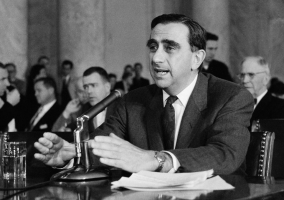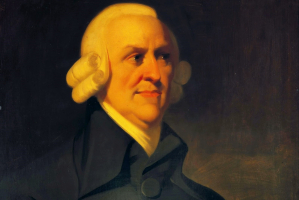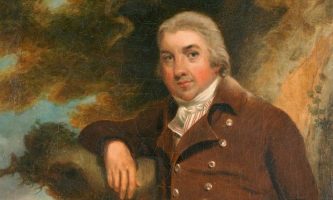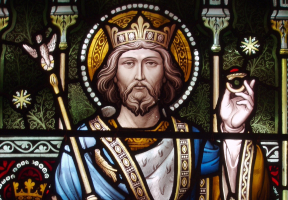Top 6 Interesting Facts about Edward Smith
The Titanic is the tragic final trip of Captain Edward Smith's illustrious seagoing career, and it is for this reason that he is most well-known. Our readers ... read more...might be surprised to learn these six interesting facts about Edward Smith's life and work, which we have compiled for you. Let's find out what they are.
-
The family of Edward Smith and Catherine Hancock welcomed Edward John Smith into the world in January 1850. In Staffordshire's Hanley, the family resided. One of the interesting facts about Edward Smith is that his father was a potter and he wanted his son to follow in his footsteps. He thus made every effort to instill a passion for pottery in young Smith. His mother Catherine was a bank employee. Due to his family's needs, Edward was forced to quit school when he was 13 years old.
Edward lost his father when he was just 12 years old. His mother chose to create a store after quitting her work as a bank employee. The family had no money, despite the business's relative success. Edward J. Smith left his neighborhood school, the Etruria British School, at the early age of thirteen for this reason. At the adjacent Etruria Forge plant, a steam-powered mill, Titanic Captain Edward Smith was able to secure employment. He was in charge of operating a steam hammer.
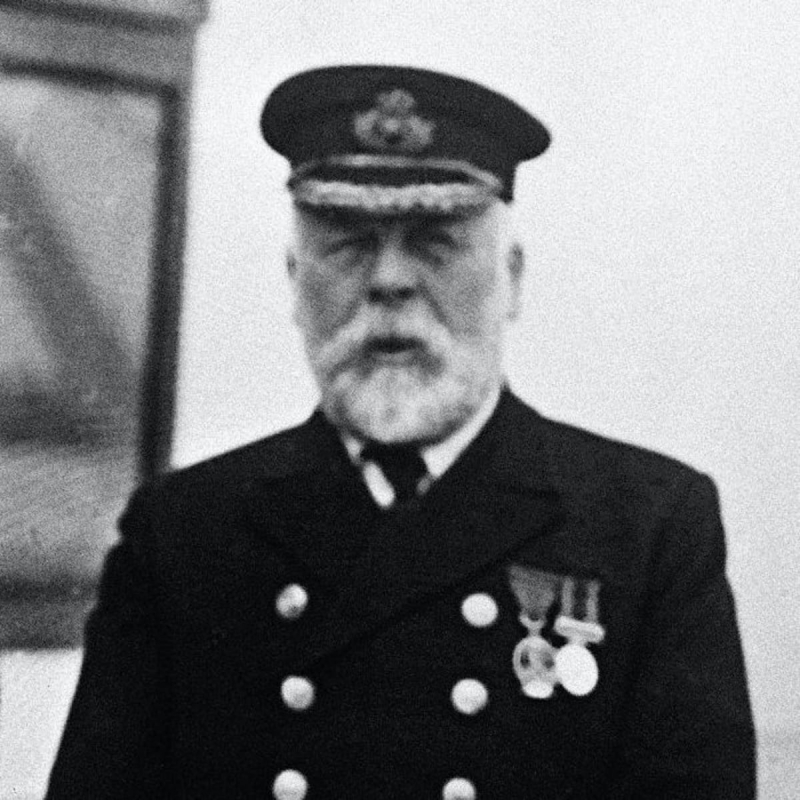
biography.com 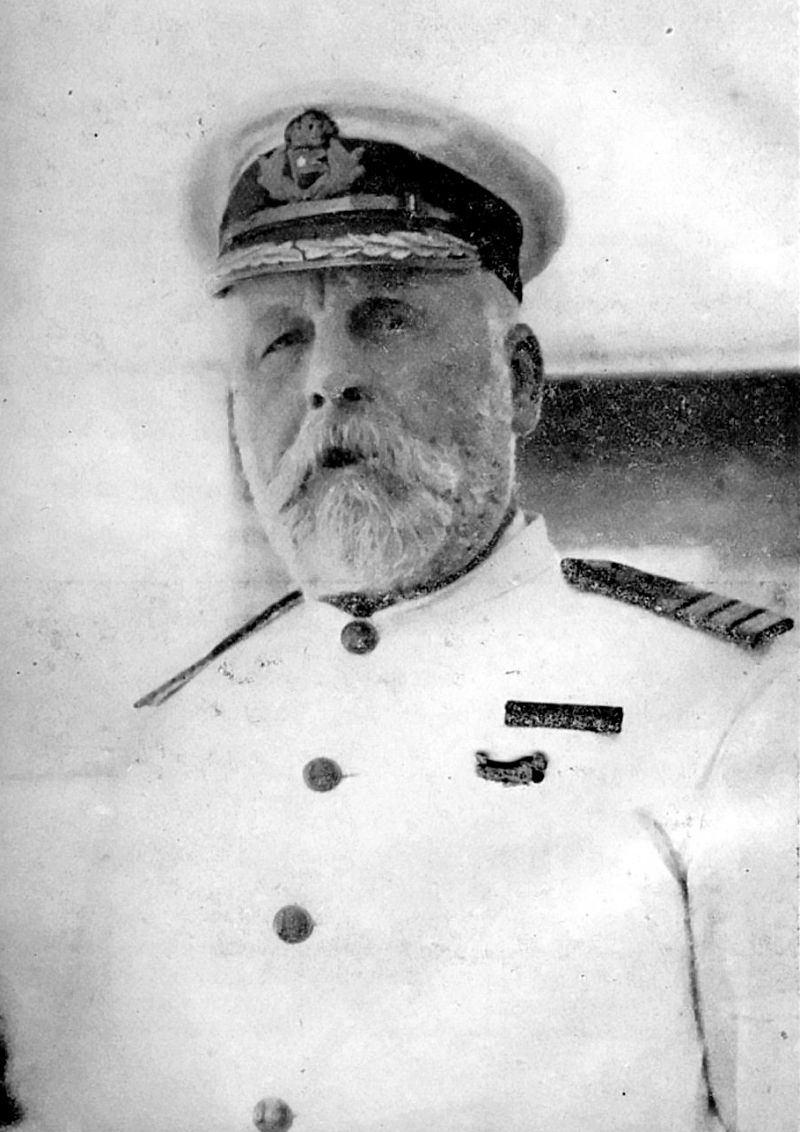
vi.wikipedia.org -
He wasn't happy with his work at the factory either. He didn't feel satisfied or delighted about it. He'd always had a strong desire to see the world. Edward Smith's desire to serve as a navy captain and explore the world was something he had desired since he was a little boy.
At the age of 17, he moved to Liverpool, one of the most well-liked port towns in the late 19th and early 20th century, together with his half-brother Joseph Hancock. The skipper of a sailing vessel was Joseph Hancock. Edward Smith began his journey toward a profession in sailing in 1867 under Joseph's direction by beginning as an apprentice aboard Senator Weber, a ship constructed in Boston and owned by the Liverpool-based A. Gibson & Co. The oceanic life he had imagined was finally coming to reality. He put a lot of effort into honing the required talents and gaining the required expertise. Ships and sailing were two things that Edward Smith loved, and he picked things up quickly. He was rapidly recognized for his accomplishments.
His professional career quickly advanced. His credentials as a second mate were gained in 1871. He received a first mate promotion in 1873. Later on, he attained mastery after two years. He was in charge of the Lizzie Fennel ship, which carried cargo to and from South America, in 1876.
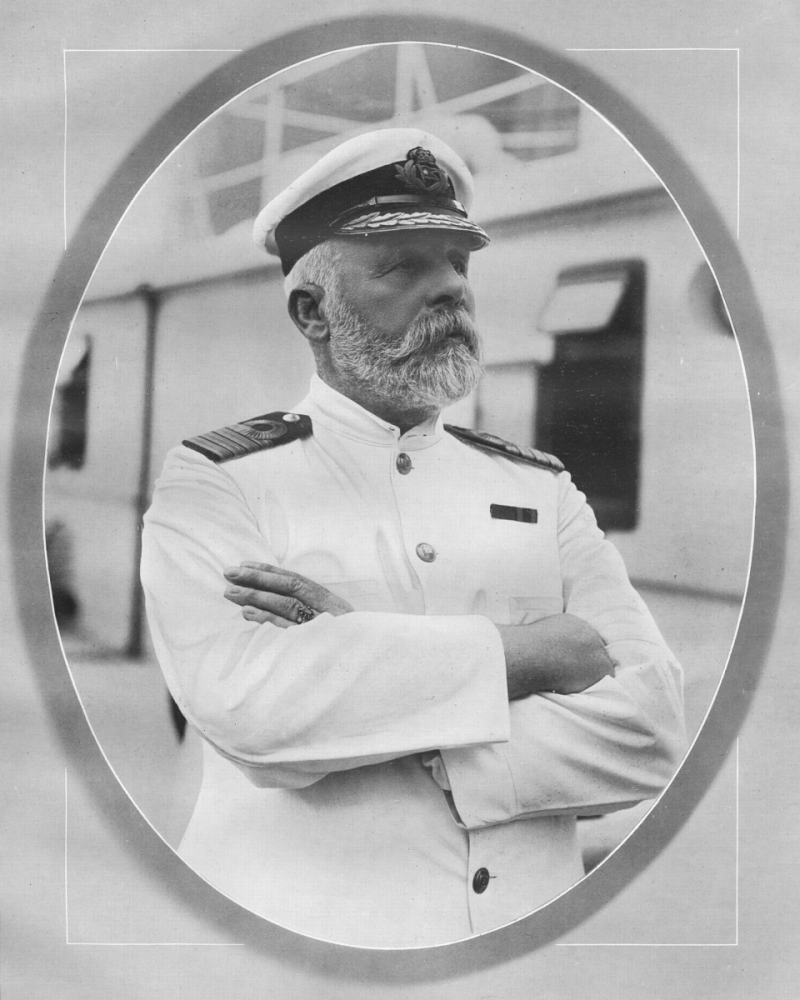
history.com 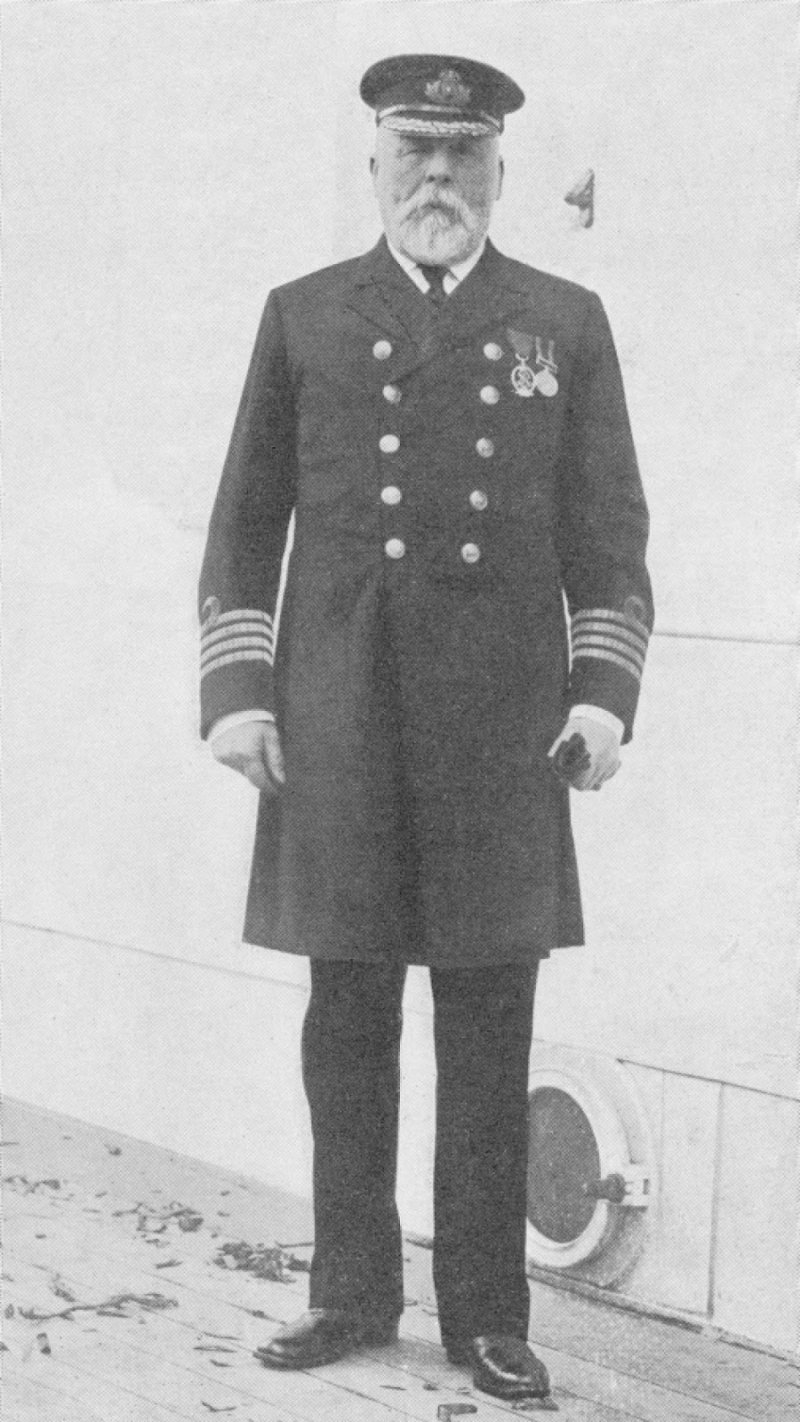
commons.wikimedia.org -
Fascinating detail about Edward Smith is that he had aspirations of working for the White Star Line corporation (In those days, one of the most prestigious shipping companies in the world). He was able to realize his ambition thanks to his perseverance and tenacity. He joined the organization in 1880. The company's primary focus was on moving passengers, not goods, which was the sole problem in his instance.
Even though he had been able to establish his profession as a captain, he still had to start over. Why? due to the fact that running cargo vessels was not the same as operating passenger vessels.
Smith was unaffected by this, though. He began training, and his efforts quickly began to pay off. He was the first officer of the Republic in 1885. His formal apprenticeship came to a conclusion in 1887. He was given the commanding officer title in the same year. The first passenger ship he oversaw was the SS Celtic.
Edward Smith oversaw numerous ships throughout the course of his tenure with the White Star Line Company. The Majestic, the Adriatic, the Baltic, and the Olympic are on the list of them.
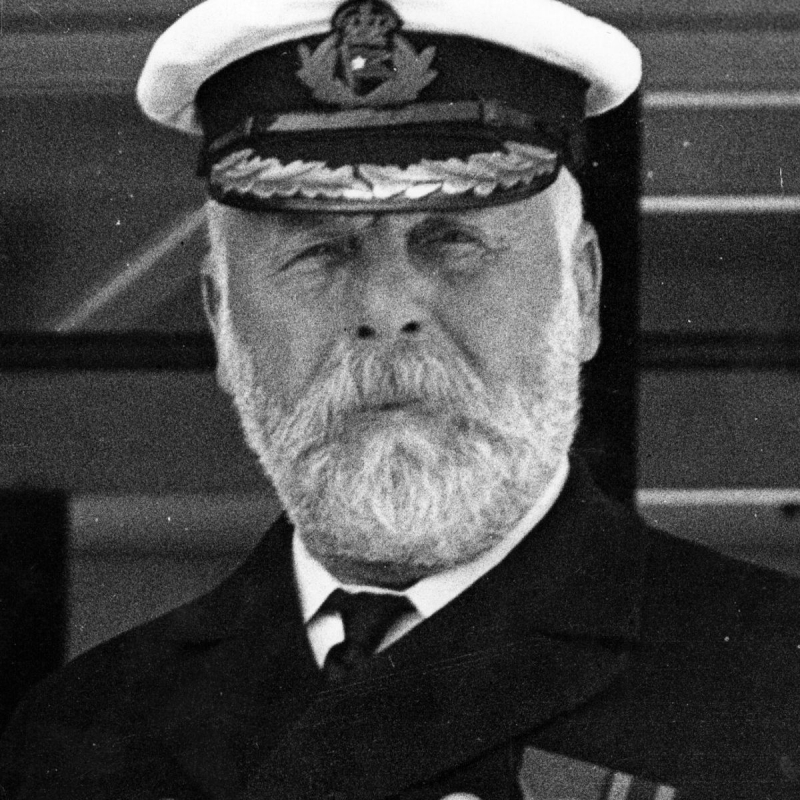
medium.com 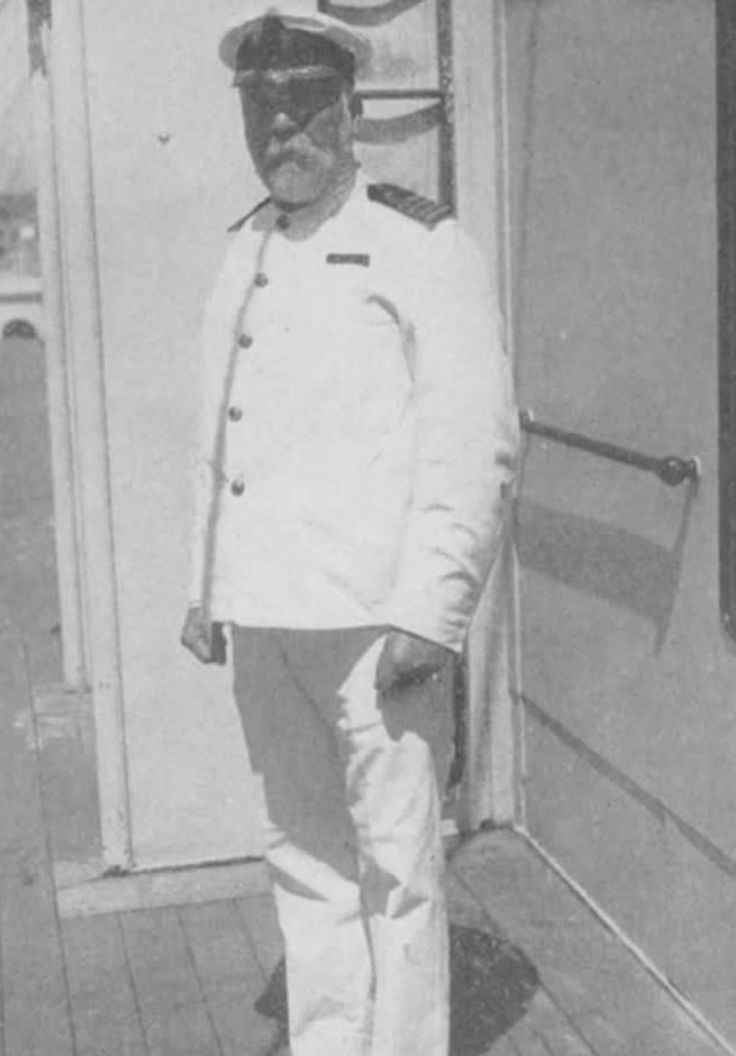
pinterest.es -
One of the interesting facts about Edward Smith was that he was well-liked by passengers because of the high degree of security he was able to maintain on the voyages he oversaw. Most people who had to go across the Atlantic decided to choose the ships under his command.
Smith developed a reputation for being well-liked by both the crew and the passengers during the course of his career. Because he was so well-liked by rich tourists, he was given the nickname "the Millionaire's Captain."
Smith was a veteran of the Boer War and spent many years at sea before being promoted to senior captain of the White Star Line. The White Star Line added a new Baltic to their fleet in 1904 after being recently acquired by the International Mercantile Marines. It was one of the largest ships at the time and weighed 23,876 tons. On their first trips, he was named the new ship's commander for the White Star Line. For three years, under his direction, there were no occurrences. Although a particular event occurred as the ship was docked in New York port, the Olympics' maiden journey also passed without a hitch.
Edward Smith was able to complete the journey successfully and without taking any lives because of his talent and experience. Captain Smith was not only well respected, but he also had specific expertise in commanding very big ships. Smith then had command of the 24,541-ton Adriatic after commanding the Baltic.
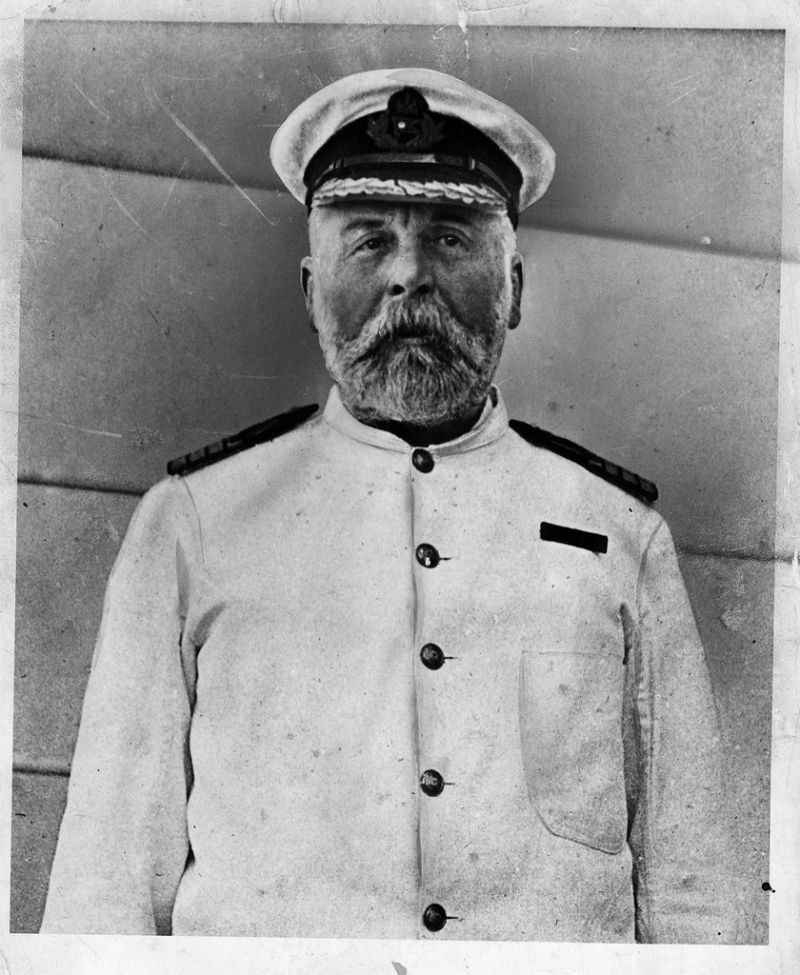
flickr.com 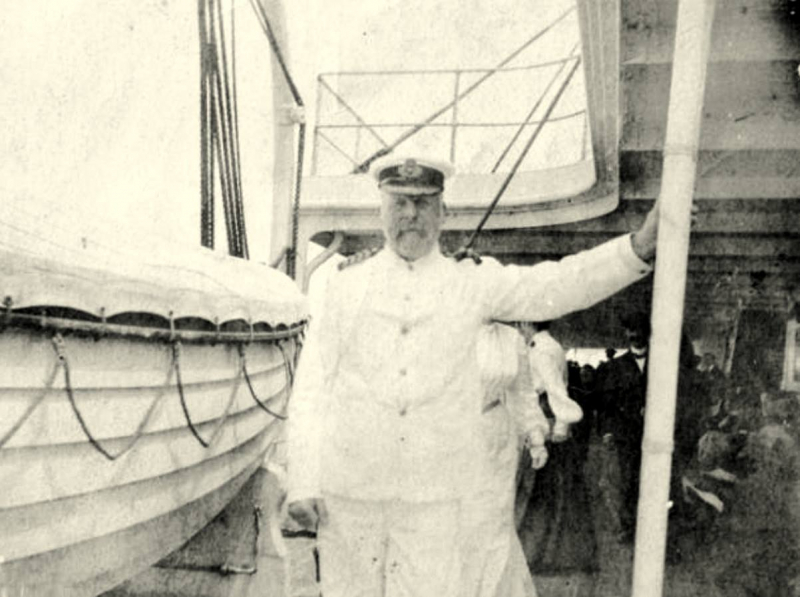
titanicofficers.com -
The White Star Line intended to expand its fleet with even bigger vessels. The business said in 1907 that it was constructing two new ocean liners to compete with Cunard's Lusitania and Mauretania. (The order for the Gigantic was placed later; following the Titanic catastrophe, it was renamed Britannic.) Smith served as the commanding officer when the Olympics, the first of the two ships, was launched in 1910. When a British Royal Navy cruiser collided with the side of his ship in September 1911, his ship sustained damage.
Edward Smith was chosen as the RMS Titanic's commander in spite of the financial difficulties brought on by the tragedy during the Olympic docking. After the maiden voyage of the ship was completed, several people claimed that Smith would retire.
Smith took over as the Titanic's captain in 1912. For the ship's initial sea testing on April 2, 1912, he was in Belfast. The ship was ready for its first trip across the North Atlantic when it arrived in Southampton two days later and berthed there. It was hailed as one of the largest and most opulent ships ever built.
The Titanic left Southampton on April 10, 1912, and made a stop at Cherbourg, France, to pick up additional passengers and mail. The next day, it made just one stop in Queenstown, Ireland, before heading out into the Atlantic. More people and mail intended for delivery to the United States were boarded by the ship there. More than 2,200 passengers were on board the ship as it traveled across the Atlantic.
The first several days of the ship's cruise proceeded without incident. On the fourth day of the expedition, the crew got many alerts regarding icebergs that were drifting. The crew chose to raise the pace while being aware of the potential risk.
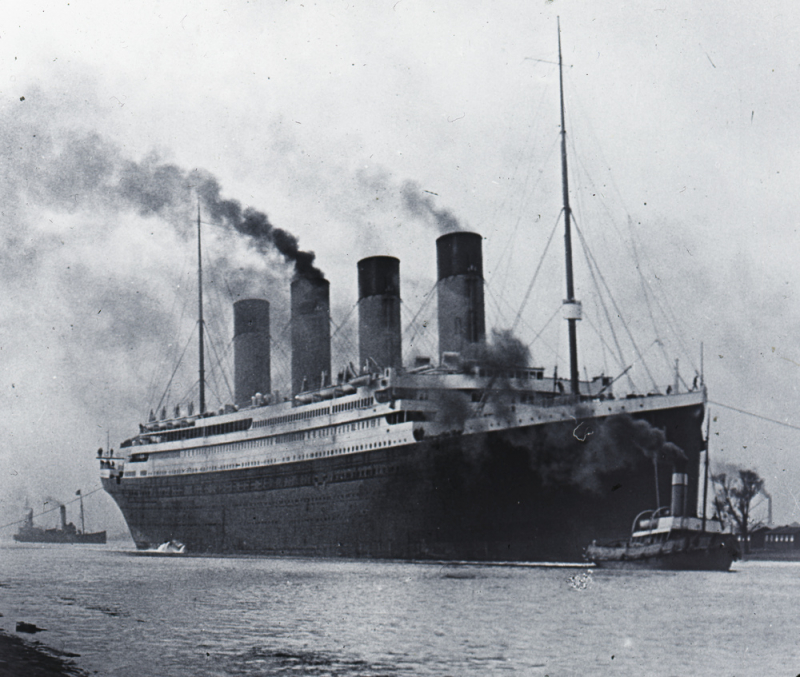
Photo: The Titanic - ostalmuseum.org 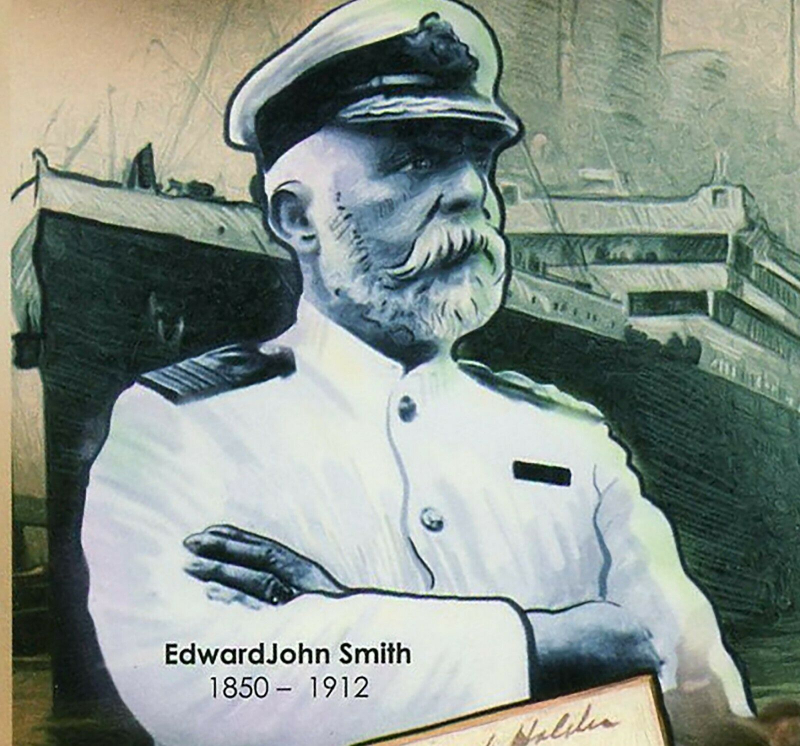
hipstamp.com -
Why the skipper chose to accelerate the ship rather than slow it down is still a mystery. Maybe, he thought, his expertise would enable him to swiftly evade the threat. Maybe he just wanted to get past the hazardous region as quickly as possible.
Whatever the cause, it was sad that Edward Smith was unable to foresee the threat. On April 14 at 23:40, the ship struck an iceberg. He quickly became aware that the ship was sinking and gave the order for the crew to get the lifeboats ready. The Titanic lacked sufficient lifeboats to transport all of its passengers to safety since it was unprepared for such an incident. Smith assisted with loading the boats and oversaw the transmission of the distress calls as best he could. Captain Edward Smith took part in the evacuation. The Titanic completely submerged itself into the icy, black waters of the North Atlantic, taking its captain with it. How his life ended is the subject of several accounts. Supposedly, he shot himself on the bridge, according to some stories. One had him swimming in the sea with a little child in tow, depositing the youngster on a lifeboat, and then disappearing under the surface. We do not know exactly how Captain Edward Smith spent his last minutes, but we do know that on April 15, 1912, he and 1517 other people drowned in the North Atlantic. His corpse was never found.
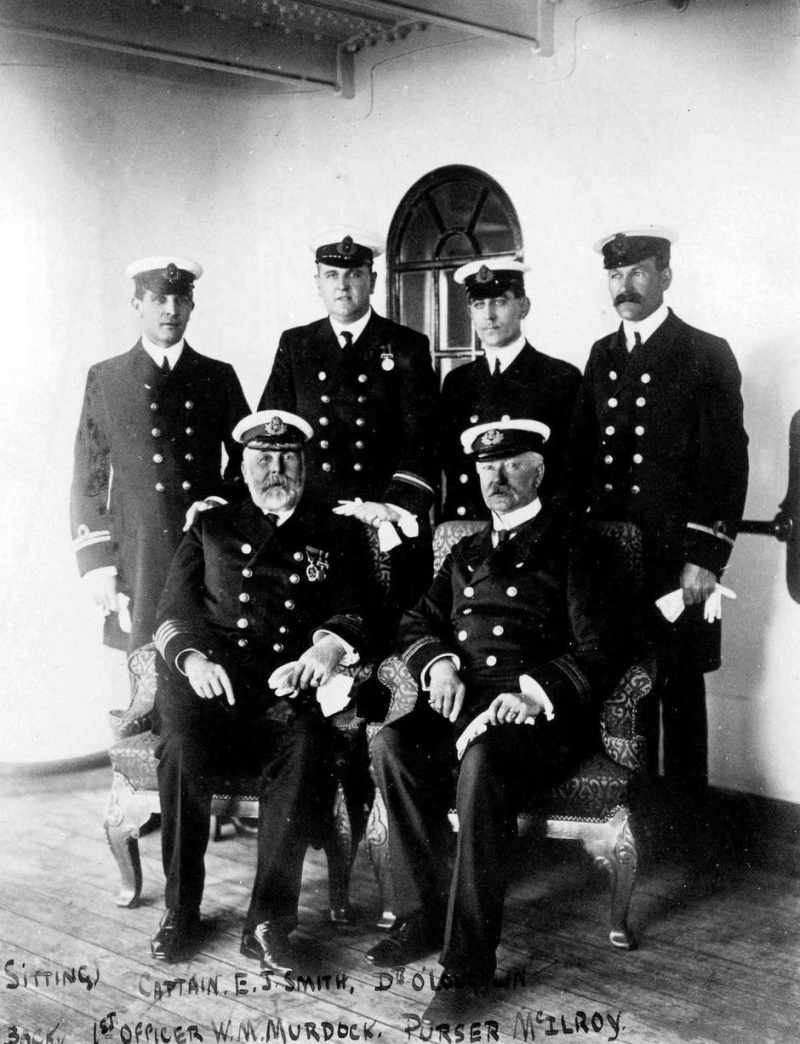
Photo: Titanic's Officers - titanicofficers.com 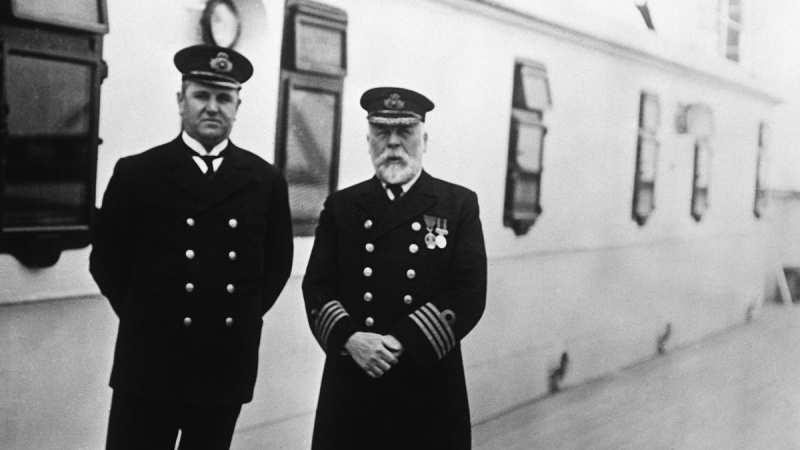
Photo: Purser McElroy and Captain Smith on the Titanic - gettyimages.com








